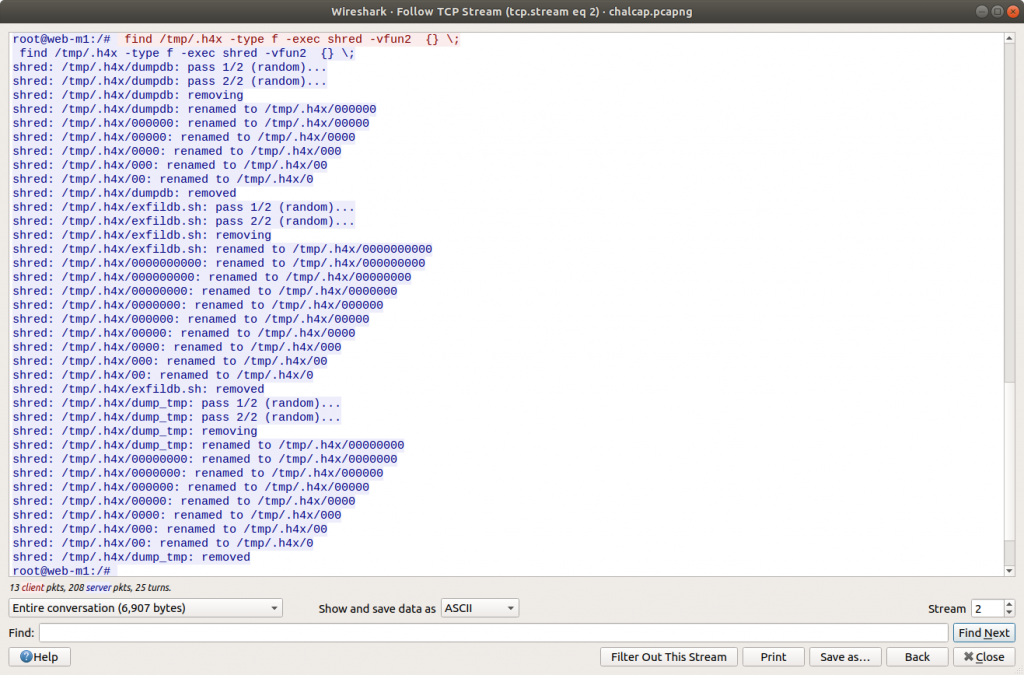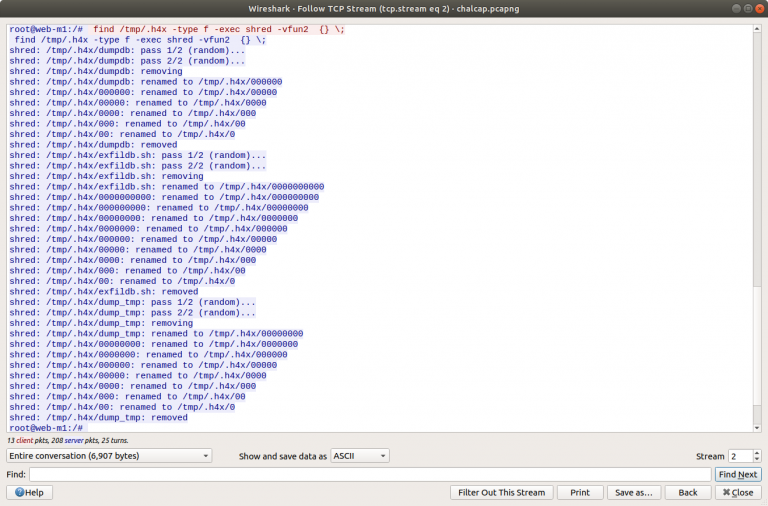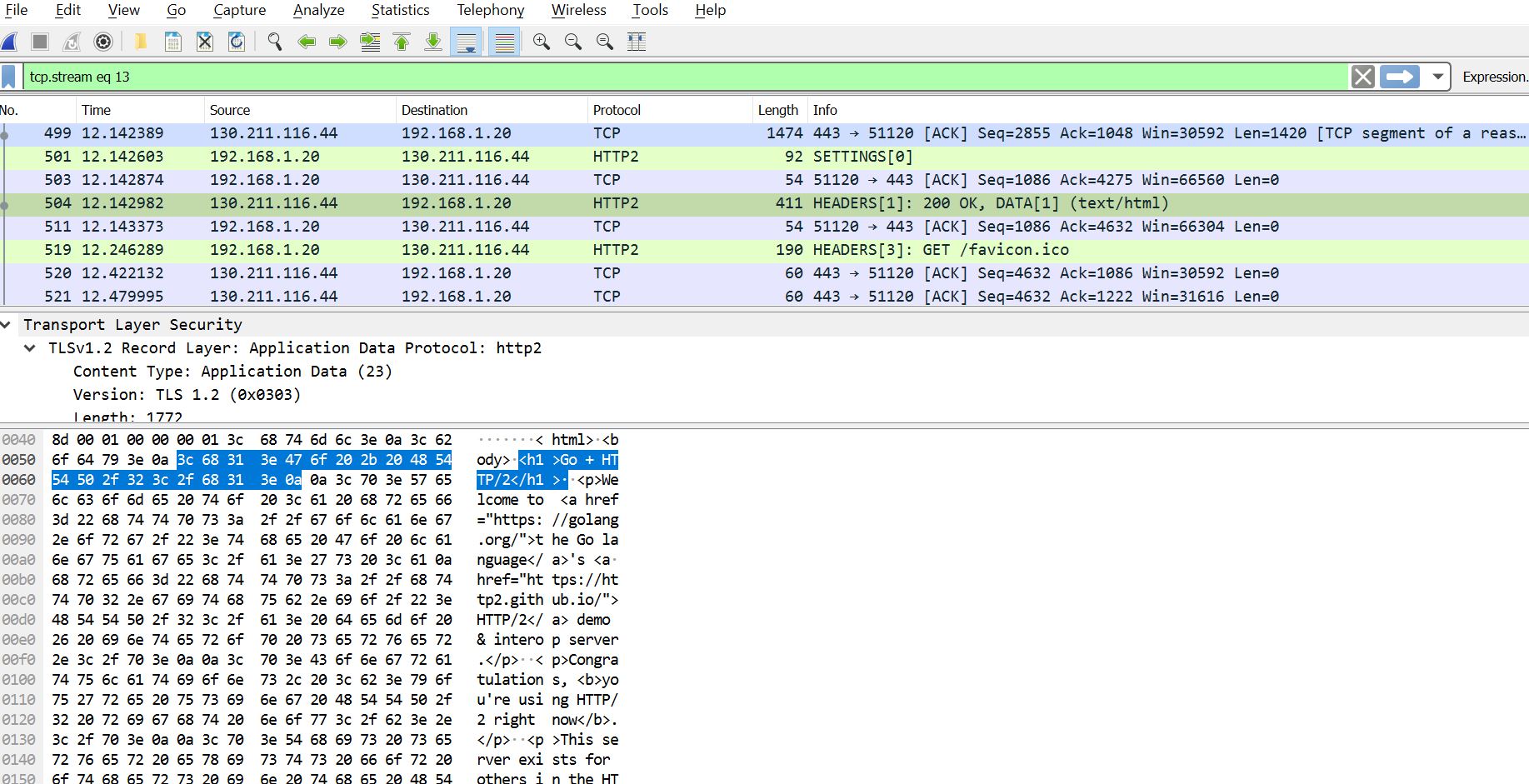


This relieves applications from the complex problems of loosing packets or receiving them out-of-order. TCP is a reliable protocol - every packet sent by the client is acknowledged. The HTTP Header Connection: Keep-Alive introduced in HTTP/1.1 solves this problem to some extent. This adds latency in order of tens of milliseconds for every HTTP request. Every TCP connection is then closed with a Three-Way handshake too. The first thing that takes place when establishing a TCP connection is what is known as Three-Way handshake.Įvery time a new HTTP request is made, the TCP Three-Way handshake adds this overhead before HTTP Request can be made.

All applications run on the Transport layer, which, for HTTP, is TCP. The Internet consists of five layers of TCP/IP. You may also like: TLS/SSL Explained: TLS/SSL Terminology and Basics. In this article, we will review how HTTP/2 works under the hood and introduce tools to get started with HTTP/2. HTTP/2 addresses these performance problems. There is a lot of overhead caused by TCP in a modern website where only a fraction of time is spent downloading content. HTTP runs on TCP, which is aimed at long running transfers - it is not cut out for small exchanges that are common with HTTP. The web is built on small HTTP exchanges.


 0 kommentar(er)
0 kommentar(er)
